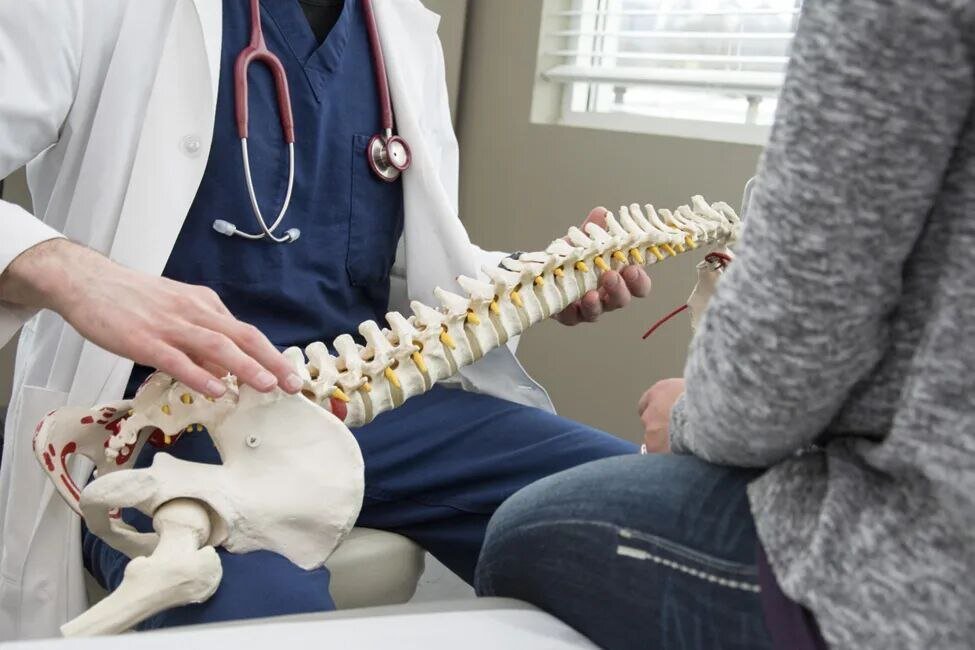Iran marking national bone health week

TEHRAN – The health ministry is observing the national bone health week from October 18 to 24 nationwide to raise public awareness on ways to prevent, diagnose, and treat osteoporosis, and related musculoskeletal diseases
The week is celebrated concurrently with World Osteoporosis Day, which is observed annually on October 20.
This year, 2025, the World Osteoporosis Day theme is ‘It’s Unacceptable!’. The theme underscores a global urgent need to address the treatment and prevention gaps in osteoporosis care, mobilizing action from individuals, healthcare systems, and policymakers to prevent fractures and improve bone health.
The week-long programs are mainly focusing on training, improving health literacy, and promoting healthy lifestyles to have strong bones, IRNA reported.
Osteoporosis literally means ‘porous Bone’. It is a condition where bones become thin and lose their strength as they become less dense and their quality is reduced. This can lead to broken bones, which cause pain and disability. Broken bones due to osteoporosis can be life-changing, with a serious impact on quality of life, mobility, and independence.
Osteoporosis is often called the ‘silent disease’ because most people don’t know they have the disorder until they break a bone after a minor fall or bump (known as a fragility fracture). These fractures usually occur in bones that are under strain, like the spine, hip, or wrist.
Some of these fractures may occur with no blunt-force trauma, such as a gentle sneeze or cough. Many patients live with chronic pain or vague back pain for years, without knowing they have a vertebral fracture. In more advanced stages, it leads to short stature, stooped posture, and limited mobility, which severely reduces the quality of life.
Up to 37 million fragility fractures occur annually in individuals aged over 55, the equivalent of 70 fractures per minute.
Worldwide, 1 in 3 women over age 50 will experience osteoporosis fractures, as will 1 in 5 men aged over 50.
In women, osteoporotic fractures are significantly more common than breast cancer.
Hip fracture is one of the most serious consequences of osteoporosis; about 20 percent of patients die within the first year after the fracture. The rest will permanently lose their independence, suffer prolonged disability, and chronic pain. Families and societies will have to bear the costs.
To prevent fractures, maintain a safe environment for the elderly to prevent falls, and strengthen bones and muscles through exercise and healthy eating.
Osteoporosis affects over 500 million people worldwide. Worldwide, 1 in 3 women and 1 in 5 men aged over 50 will sustain an osteoporotic fracture in their remaining lifetimes. Yet the vast majority remain undiagnosed and untreated – in fact, up to 80 percent of patients who experience an osteoporotic fracture are neither identified nor treated for underlying osteoporosis.
According to the International Osteoporosis Foundation (IOF), bone health must be prioritized throughout the life course. Education about bone-healthy nutrition and sufficient physical exercise should all be integrated into school curricula.
Public education campaigns to promote good bone health and facilitate early awareness of risk factors in younger adults should be encouraged and supported through public health policy.
The importance of calcium and vitamin D should be reinforced among the population.
MT/MG
